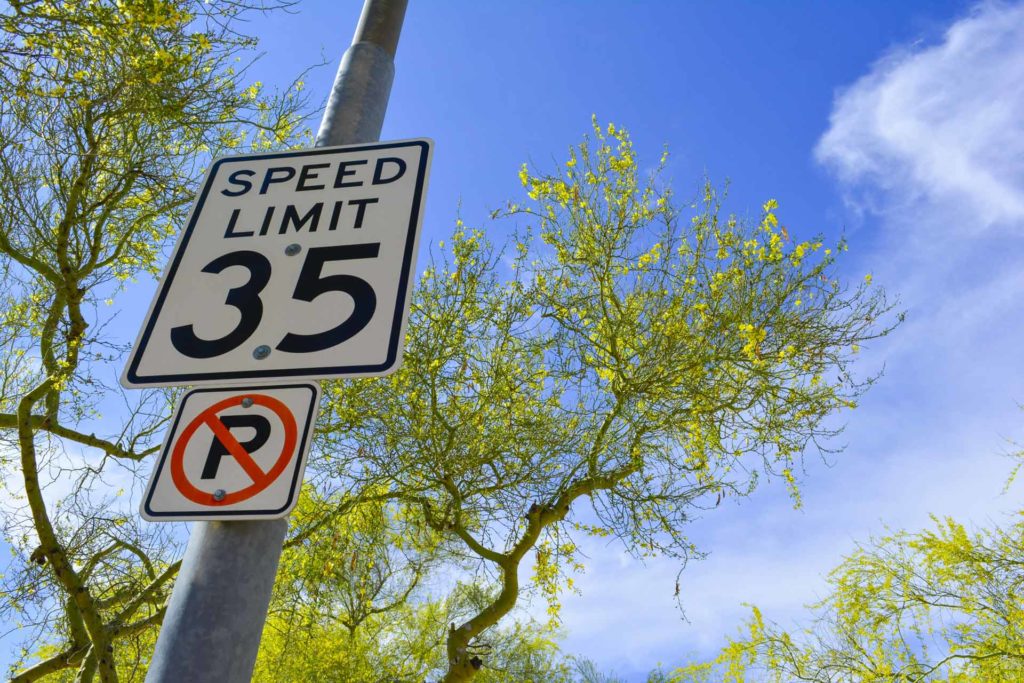Community associations are created not only to protect property prices of the individual homes in them, but to ensure the safety and comfort of their residents as well.
That is what makes them attractive to so many purchasers of real estate in Florida. The goal of ensuring the safety and comfort of those living in the community is achieved in large measure through the adoption and/or enforcement of rules. So, when a community becomes congested with traffic caused by unsafe parking practices the association can and will take steps to alleviate the problem.
For example, many communities have restrictions in their governing documents explicitly stating where, what type, and how many vehicles may be parked to an individual lot. This is especially true of gated communities and/or ones with private roadways. For those communities whose documents do not explicitly set the parameters for parking, their Board of Directors will generally be granted the authority to make “house rules” to curtail on-street parking and number of vehicles parked. This is fairly obvious and intuitive for communities with their own roadways.
Next, just because a community’s roadways are public does not necessarily mean residents are free to park any number of vehicles in any manner they desire. Communities may rely on local ordinances which often prohibit parking vehicles in a manner which obstructs traffic or creates a hazardous environment. More importantly still, the association may still promulgate rules as to the residents of the community. Put another way, the association still has the right to control the conduct of owners, tenants, and their guests which extends to the method in which vehicles are parked in the community. An example of this would be a rule requiring that the garage must first be used for parking with subsequent vehicles parked on the lot’s driveway not to extend onto the streets. It is important to remember that once the association’s governing documents are recorded in the public records, they run with the land and affect it, regardless of whether the roadway running through it is dedicated for public use.
It is important to keep in mind that these broad powers to regulate traffic and parking in the association community are meant to protect the residents’ safety and quality of life. No one wants to find their car blocked in on their way to work in the morning, or worse yet, have to navigate around narrow streets after dark with cars parked nearly on top of each other on either side of the street. The ability to regulate and enforce parking restrictions is at the core of a community association’s ultimate mission of ensuring a high quality of life for its residents.
